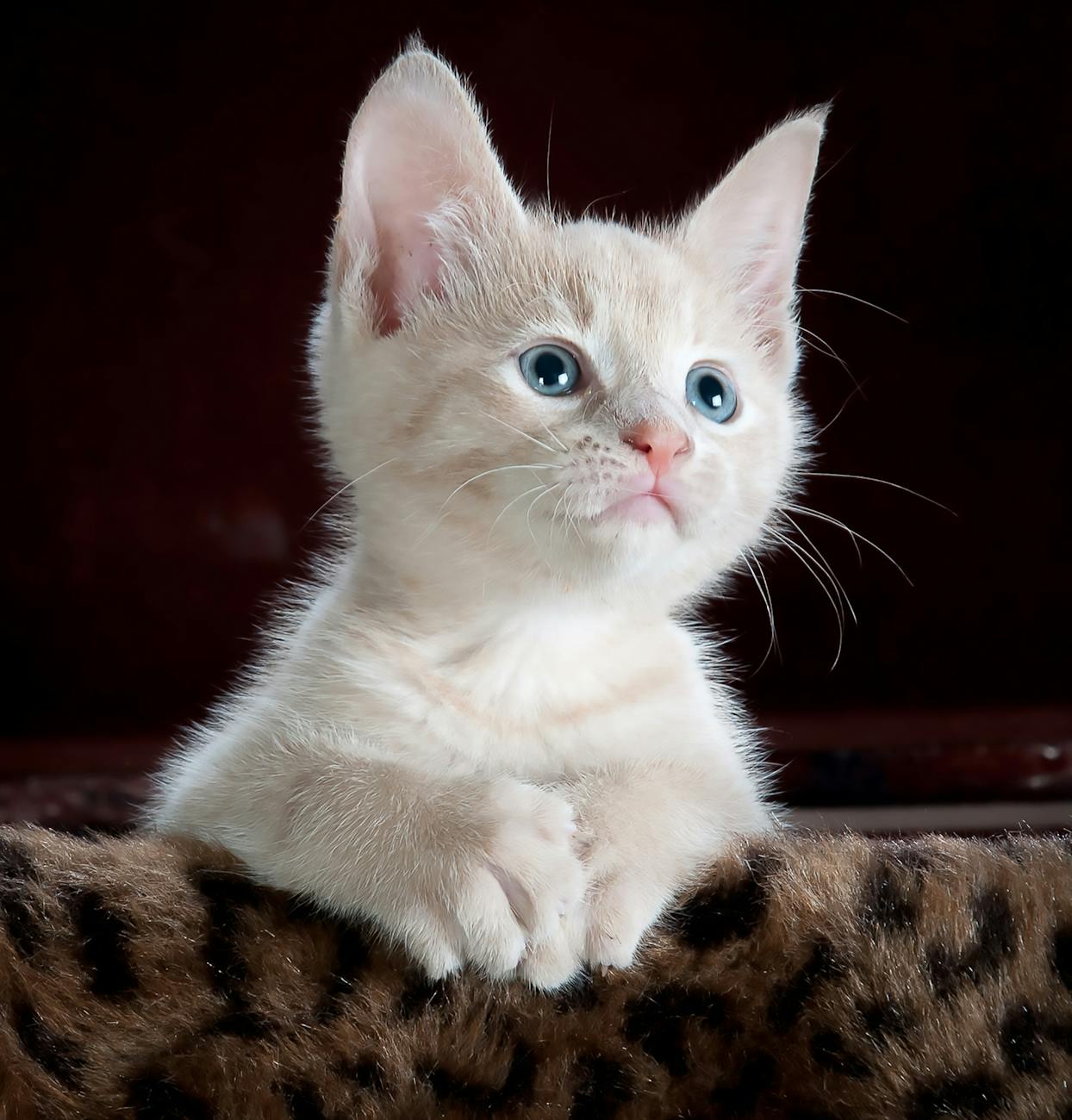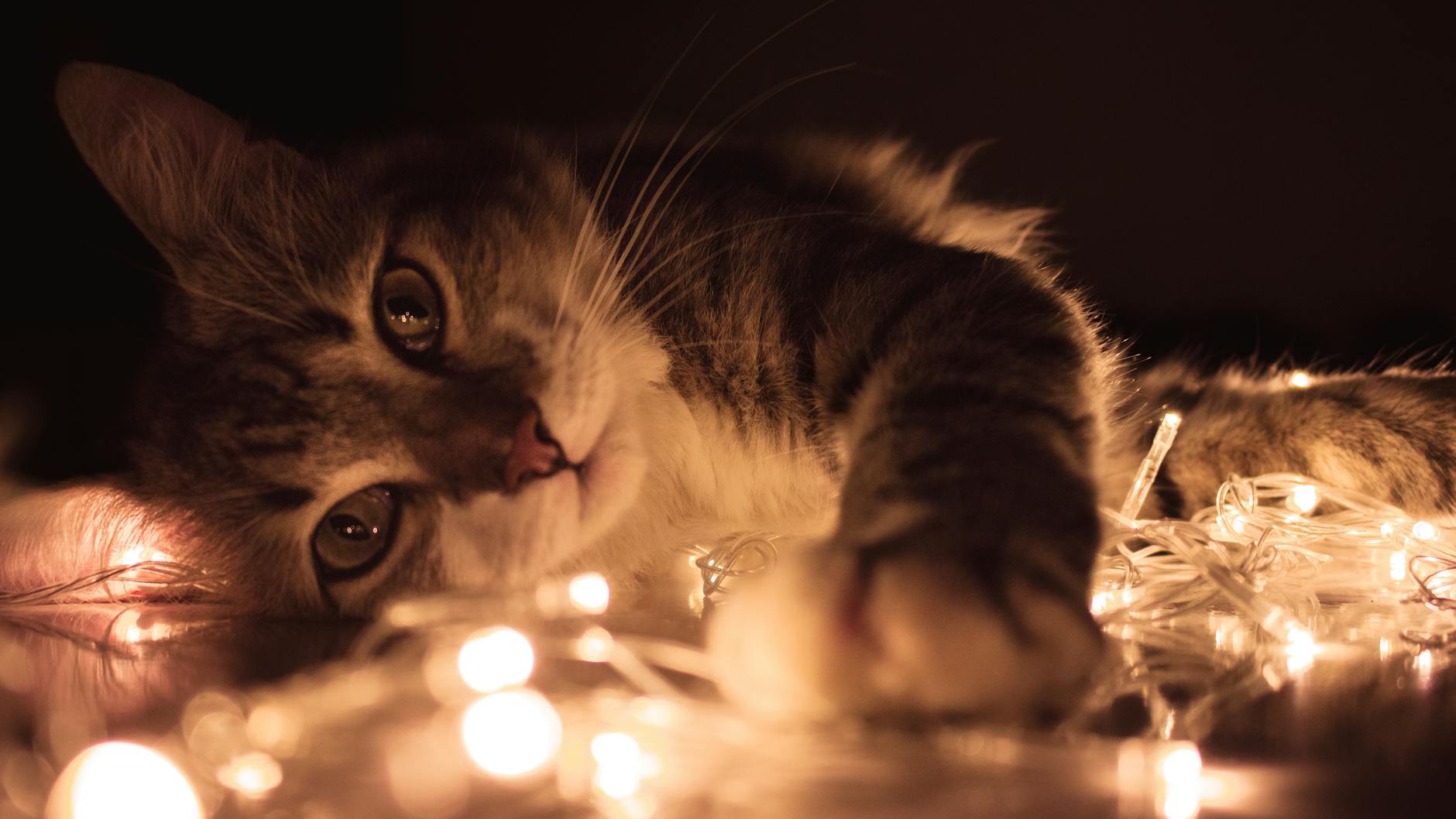If you’re a cat owner, witnessing your furry friend in distress can be alarming, especially when you notice cat puking white foam. This peculiar type of vomiting can signal various health issues, ranging from minor irritations to more significant concerns. Identifying the underlying causes is essential for effective treatment and ensuring your cat’s well-being. In this blog post, we will explore the symptoms, potential causes, and effective remedies for dealing with this troubling condition, helping you keep your beloved pet healthy and happy.
Understanding the Symptoms of Cat Vomiting
Recognizing the symptoms of your cat puking white foam is essential for timely intervention and care. Here are some common signs to watch for:
- Frequency of Vomiting: If your cat vomits multiple times in a short period, pay close attention.
- Texture and Color: Cat puke can vary but look specifically for white foam, which can indicate certain health issues.
- Appetite Changes: A sudden decrease or increase in appetite may accompany vomiting.
- Lethargy: If your cat seems unusually tired or inactive, it signals potential health problems.
- Gastrointestinal Distress: Watch for signs like bloating, diarrhea, or straining to defecate.
In addition to these symptoms, keep an eye on your cat’s overall behavior. If you notice any of the following, it may warrant further investigation:
- Excessive grooming
- Hiding or withdrawal
- Changes in water intake
Monitoring your cat closely will help you catch any distress early. If you observe your cat puking white foam frequently, it is wise to consult a veterinarian for a thorough evaluation.

Common Causes of White Foam Vomiting in Cats
When you notice your cat puking white foam, it’s essential to understand the potential causes. This can help you determine if it’s something minor or a sign of a more significant health issue. Here are some common reasons:
- Hairballs: Cats groom themselves frequently, leading to hairballs that can induce vomiting, often resulting in white foam.
- Empty Stomach: If your cat’s stomach is empty for an extended period, it may produce excess gastric acid, causing it to puke white foam.
- Gastritis: Inflammation of the stomach lining can occur due to various factors, including infections or dietary indiscretion, leading to foamy vomit.
- Ingesting Foreign Objects: Cats sometimes eat non-food items, which irritate the stomach and trigger vomiting behavior.
- Allergies or Food Sensitivities: Certain ingredients in commercial food can upset your cat’s stomach, leading to the unpleasant white foam emesis.
Understanding these causes can help you take informed steps toward your cat’s health. If your cat continues to exhibit symptoms, properly assess the situation and decide whether to consult a veterinarian. Remember, frequent instances of cat puking white foam may require professional attention.
When to Consult a Veterinarian
If you notice your cat puking white foam, it’s crucial to assess the situation carefully. While occasional vomiting can be normal, certain signs indicate a need for veterinary attention. Here are key points to consider:
- Frequency of Vomiting: If your cat vomits more than once or twice in a day, it may signal an underlying issue.
- Accompanying Symptoms: Watch for additional symptoms such as:
- Diarrhea
- Lethargy
- Loss of appetite
- Weight loss
- Duration: If the vomiting persists for more than 24 hours, it’s time for a veterinary visit. Prolonged episodes could lead to dehydration.
- Age and Health History: Kittens, elderly cats, or those with pre-existing health conditions require immediate attention if they experience cat puking white foam.
It’s always better to err on the side of caution. Consulting a veterinarian can help identify the cause of your cat’s symptoms and ensure your feline friend receives the necessary care. Remember, early intervention is vital for a swift recovery.
Home Remedies for Cat Vomiting
If you notice your cat puking white foam, you can consider several home remedies. These methods aim to ease discomfort and promote recovery. Here are some effective strategies:
Hydration: Ensure your cat drinks plenty of water. Dehydration can worsen vomiting, so encourage hydration by providing fresh water regularly.
Bland Diet: Introduce a bland diet, such as boiled chicken (without skin) or plain rice. Gradually transition back to regular food once symptoms improve.
Frequent, Smaller Meals: Feed your cat smaller meals throughout the day. This approach can help prevent the stomach from becoming overly full, reducing the likelihood of vomiting.
Pumpkin Puree: A small amount of plain canned pumpkin can help soothe an upset stomach. It’s rich in fiber, which can aid digestion.
Herbal Remedies: Some cat owners find that ginger or chamomile can help calm their cats’ stomachs. Consult with your vet before trying any herbal solutions.
Always monitor your cat’s response to these remedies. If the vomiting persists, particularly if you observe cat puking white foam, consult a veterinarian for further guidance. Prompt action can ensure your feline friend remains healthy and happy.

Dietary Adjustments for Cats
Making the right dietary adjustments is crucial if your cat is puking white foam. This vomiting can often indicate an upset stomach or dietary issues. Here are some effective strategies to help manage your cat’s health:
- Switch to High-Quality Food: Opt for premium cat food with real meat, as it tends to be easier on the stomach.
- Introduce a Grain-Free Diet: Many cats are sensitive to grains. Switching to a grain-free option can reduce stomach upset.
- Use Smaller, Frequent Meals: Instead of one or two large meals, feed your cat several small meals throughout the day. This approach can help prevent their stomach from becoming too empty, reducing the chances of cat puking white foam.
- Stay Hydrated: Always ensure your cat has access to fresh water. Dehydration can worsen vomiting symptoms.
By incorporating these dietary changes, you can significantly improve your cat’s digestive health and decrease the likelihood of experiencing cat puking white foam. Always monitor your cat’s reactions and consult with your veterinarian for personalized advice.
Preventive Measures to Avoid Vomiting
Preventing issues like your cat puking white foam requires a proactive approach. As a cat owner, you can implement several strategies to minimize the risk of vomiting:
Consistent Feeding Schedule: Feed your cat at the same times every day. This helps regulate their digestive system.
Quality Diet: Invest in high-quality cat food that’s appropriate for your cat’s age, size, and health. Poor-quality food can lead to gastrointestinal issues.
Hydration: Ensure your cat has access to fresh water at all times to prevent dehydration, which can exacerbate vomiting.
Minimize Hairballs: Regular grooming reduces shedding and helps control hairballs, a common cause of cat puking white foam.
Avoid Stress: Cats can be sensitive to changes in their environment. Maintain a stable home environment to reduce anxiety and its impact on their digestive health.
Limit Access to Toxic Foods: Keep harmful food items out of reach, as some can lead to serious health issues and vomiting.
By following these preventive measures, you can greatly reduce the likelihood of your cat experiencing vomiting episodes. A healthy, happy cat is a joy to have at home!
Monitoring Your Cat’s Health
Keeping a close eye on your cat’s health is crucial, especially if you notice symptoms like cat puking white foam. Regular monitoring can help you identify potential issues early. Here are some effective strategies:
Daily Observation: Pay attention to your cat’s eating, drinking, and litter box habits. Look for any changes in behavior that may indicate discomfort or health problems.
Monitor Weight: Weigh your cat weekly. Sudden weight loss or gain can signal underlying health concerns that need addressing.
Regular Checkups: Schedule routine veterinary visits at least once a year to catch any issues before they escalate. This is particularly important for older cats.
Note Puking Frequency: Keep a record of how often your cat is puking white foam. Is it isolated incidents or a repeated occurrence? This data will be valuable for your vet.
Medication and Diet Tracking: If your cat is on medication or has dietary changes, document these to share with your veterinarian.
By actively engaging in these monitoring practices, you can better understand your cat’s overall health and catch any problems related to cat puking white foam early on.

Conclusion and Final Thoughts on Cat Care
In summary, dealing with a cat puking white foam can be concerning for any pet owner. Understanding the causes and remedies helps you ensure your feline friend stays healthy. Here are some key takeaways:
- Monitor Symptoms: Keep a close eye on your cat’s vomiting patterns. Occasional cat puking white foam might not be alarming, but frequent occurrences warrant attention.
- Consult Professionals: If vomiting persists or is accompanied by other symptoms, such as lethargy or loss of appetite, consult your veterinarian promptly.
- Implement Home Remedies: Simple solutions like providing fresh water and adjusting feeding schedules can make a difference. However, always prioritize safety and consult a vet before trying new remedies.
- Maintain a Balanced Diet: Dietary adjustments can reduce the chance of vomiting. Focus on high-quality cat food that suits your pet’s needs.
- Preventive Care: Regular check-ups and vaccinations can minimize potential health risks.
By staying vigilant and proactive, you can ensure your cat’s well-being and reduce instances of cat puking white foam in the future. Your attentive care makes all the difference!
Frequently Asked Questions
What are the common causes of a cat vomiting white foam?
Cats may vomit white foam for various reasons. One common cause is the accumulation of hairballs, which can irritate the stomach and lead to vomiting. Additionally, cats that are hungry or have an empty stomach might produce white foam due to bile accumulation. Other potential causes include dietary indiscretion, underlying gastrointestinal issues, or even stress. It’s essential to monitor your cat’s behavior and consult a veterinarian for a proper diagnosis.
Should I be concerned if my cat vomits white foam frequently?
Yes, frequent vomiting of white foam can be a cause for concern. While occasional vomiting may not be alarming, regular occurrences could indicate underlying health issues, such as gastrointestinal disorders, pancreatitis, or infections. It’s crucial to observe your cat for additional symptoms, such as lethargy, changes in appetite, or diarrhea, and seek veterinary care if vomiting persists. Early diagnosis can help prevent more severe health problems.
What home remedies can I try if my cat is vomiting white foam?
If your cat is vomiting white foam, consider withholding food for about 12 hours to allow its stomach to settle. After this period, introduce a bland diet such as boiled chicken or rice in small portions. Ensuring your cat has access to fresh water can help prevent dehydration. It may also be helpful to brush your cat regularly to reduce hairballs. However, if symptoms persist, consult a veterinarian for guidance.
When should I take my cat to the vet for vomiting white foam?
You should take your cat to the veterinarian if it vomits white foam more than once within a short time frame or if vomiting is accompanied by other symptoms, such as lethargy, diarrhea, loss of appetite, or changes in behavior. Additionally, if your cat exhibits signs of discomfort or pain, such as hiding or vocalizing, it is advisable to seek veterinary attention immediately. Timely medical intervention can address any serious issues.



